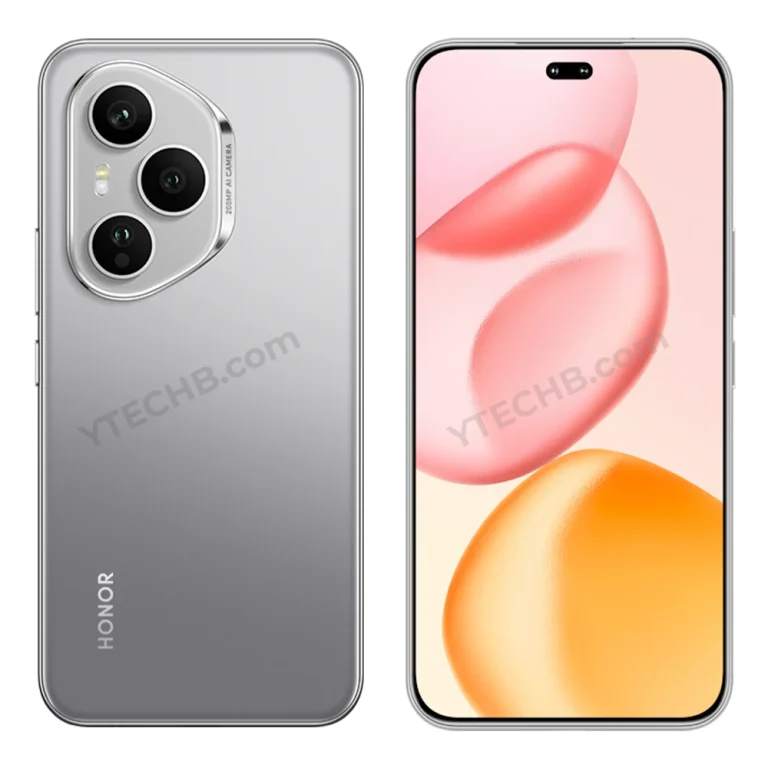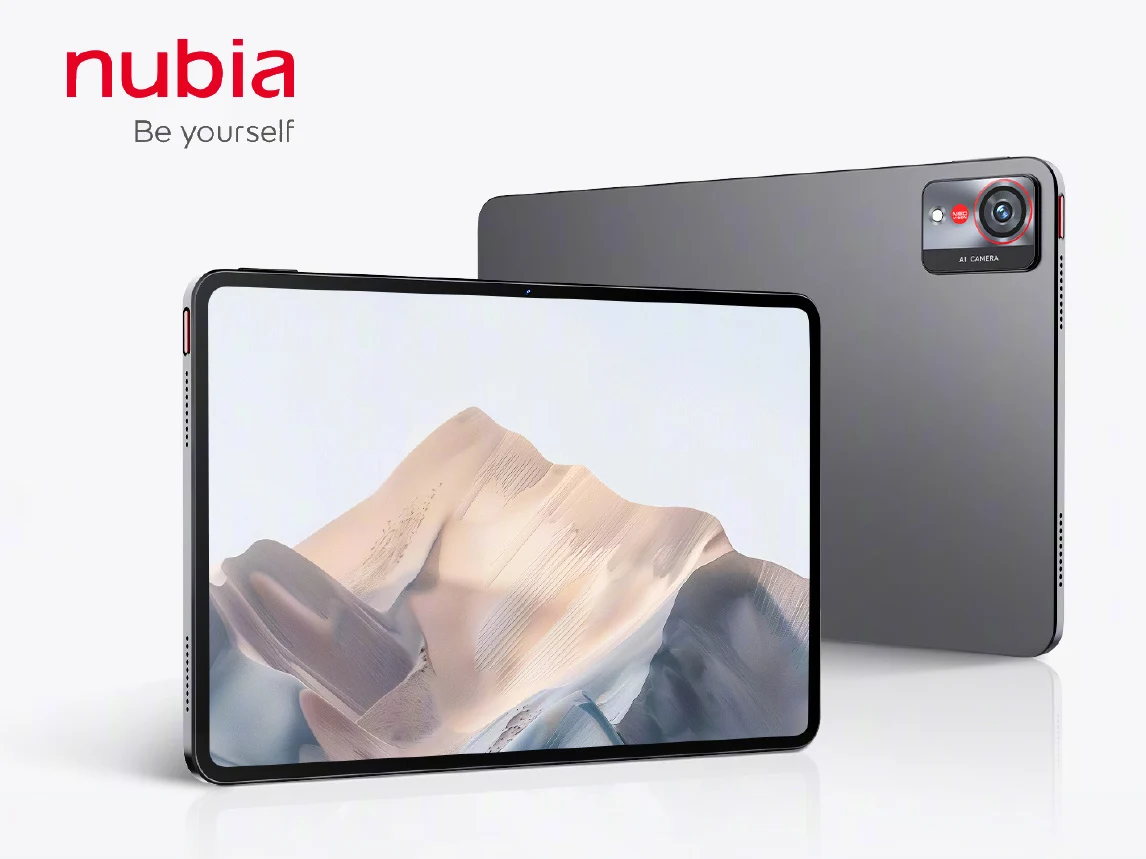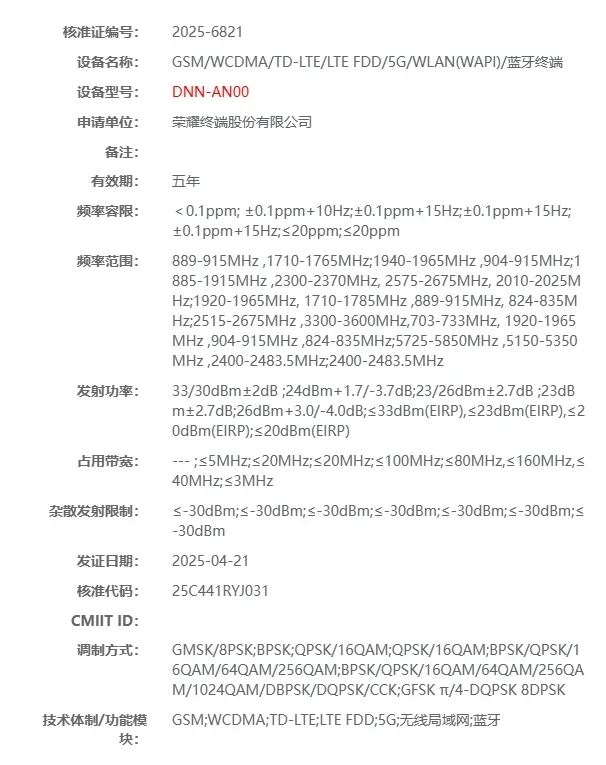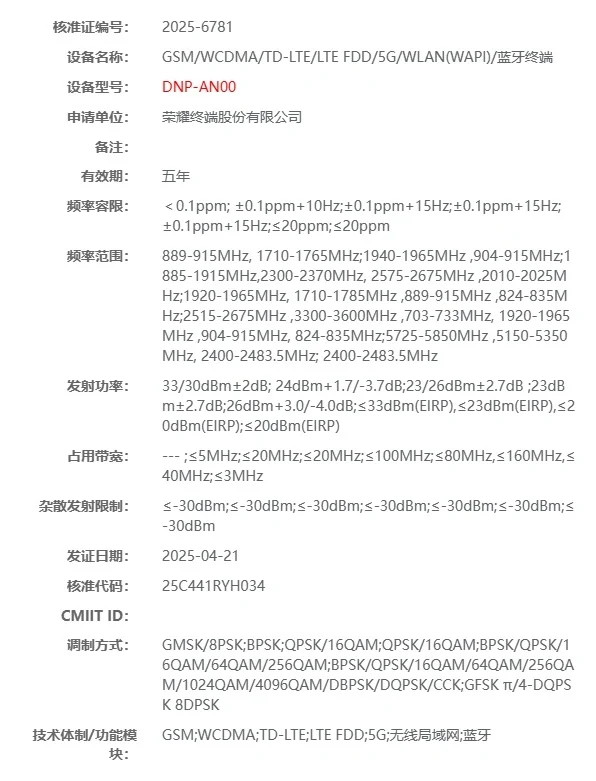Key Takeaways
1. Samsung will unveil its 7th generation foldable devices, including the Galaxy Z Fold 7, Flip 7, Flip 7 FE, and a tri-fold model.
2. The Flip 7 FE may have a better chipset than the standard Flip 7, with speculation about it being a rebranded Z Flip 6.
3. There are mixed rumors about the chipsets, with the possibility of the Exynos 2500 debuting in the Z Flip 7 amidst concerns about its performance.
4. Historical issues with Exynos chips raise doubts about their efficiency and stability, particularly with the 3nm production challenges.
5. The Snapdragon 8 Gen 3 is seen as a reliable option for the foldables, with the Galaxy Z Fold 7 expected to feature the Snapdragon 8 Elite.
Samsung is set to reveal its 7th generation foldable lineup, which includes the Galaxy Z Fold 7, Flip 7, Flip 7 FE, and an innovative tri-fold device. Recent leaks suggest that the Flip 7 FE might actually have a better chipset than the standard Flip 7, sparking excitement among fans.
Chipset Speculation
The rumors surrounding the chipsets for the new Galaxy devices, including the 7th-gen foldables and the S26 series, have been quite mixed. Traditionally, Samsung has equipped its foldables with Snapdragon processors. However, the slow progress of the Exynos 2500 series indicates it might finally debut in foldables, particularly in the Z Flip 7. This latest information seems to support that notion. Nonetheless, the new FE variant is rumored to merely be a “lazy rebrand” of the Z Flip 6, implying it will likely sport the Snapdragon 8 Gen 3.
Exynos 2500 Concerns
There have been ongoing issues with yield and performance that have hindered the Exynos 2500. Although many Exynos chips released in the last 5 to 6 years promised improved efficiency and stability, they rarely delivered on those expectations. Given these historical challenges—especially with Samsung’s known production problems on the 3nm node—it’s best not to expect too much from a device powered by this new chipset.
Snapdragon 8 Gen 3 Advantages
Conversely, the Snapdragon 8 Gen 3 is a reliable chipset known for its stability and power efficiency, even if it may not reach the peak performance levels of the Exynos 2500. The Galaxy Z Fold 7 is projected to showcase the Snapdragon 8 Elite, which further implies that the Exynos 2500 might not yet be suitable for demanding tasks. The anticipated launch for this lineup is early July, with more information likely to emerge as we approach the release date.
Source:
Link
























